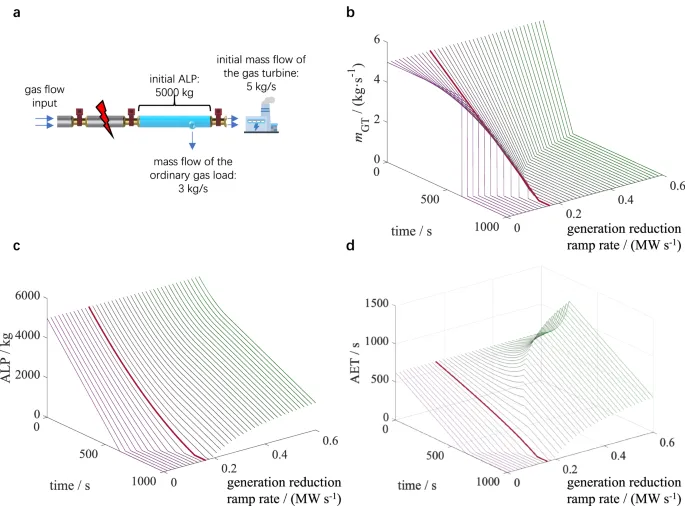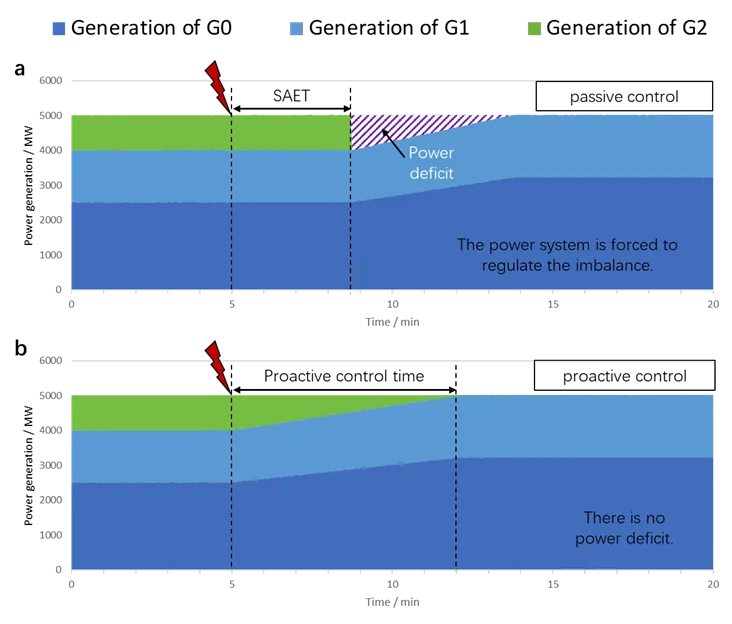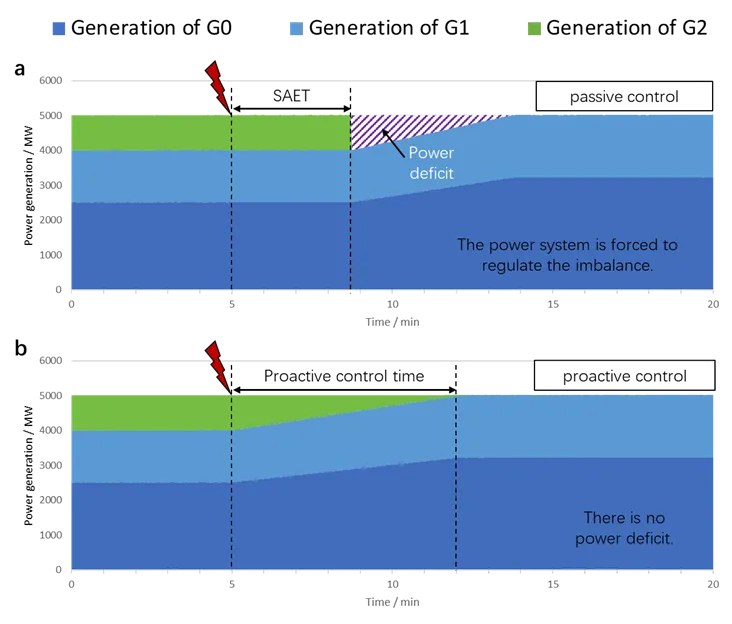Amidst the global low-carbon energy transition, gas-fired power generation is progressively replacing coal-fired plants due to lower emissions and superior operational flexibility, becoming an essential component of modern power systems. This shift, however, has intensified interdependencies between gas transmission networks and electrical grids, introducing critical vulnerabilities. Failures in gas infrastructure can trigger widespread blackouts, as demonstrated by the February 2021 extreme cold event in the southern United States where gas pipeline disruptions caused fuel shortages at power plants, resulting in massive electricity outages. Similar incidents globally confirm that disruptions in highly coupled gas-electric systems propagate beyond gas infrastructure, causing severe cascading failures across power networks.
To address this urgent challenge in energy internet research, Tsinghua University's Power Dispatch Automation Research Group has pioneered an innovative early-warning system for gas-electric cascading failures. Published in Nature Communications under the title "Early Warning and Proactive Control Strategies for Power Blackouts Caused by Gas Network Malfunctions," the research presents a breakthrough solution. The paper features first author Yu Fengshuo (Ph.D. candidate, Tsinghua EE Department) and corresponding author Sun Hongbin (Professor at Tsinghua EE, Director of Energy Management and Control Center at Tsinghua Energy Internet Research Institute, and Vice President of Taiyuan University of Technology), with co-authors Guo Qinglai (Tsinghua Professor), Wu Jianzhong (Cardiff University), and Qiao Zheng (Tsinghua Ph.D. candidate). This work was supported by China's National Key R&D Program (2022YFB2404000) and the EPSRC/NSFC Joint Project (EP/T021969/1).

The early-warning system for gas-electric cascading failures, designed by the research team, operates on principles analogous to seismic warning mechanisms. Leveraging the critical physical characteristic that actual fault propagation speeds in gas networks are orders of magnitude slower than warning signal transmission velocities, the system enables timely transmission of gas network failure information and executes proactive control measures in power systems. This approach effectively mitigates adverse effects of gas infrastructure failures on electrical grids. The system's core innovation lies in utilizing the inherent fault propagation delay window, allowing power grids to implement proactive adjustments before disruption impacts manifest.

The early-warning system for gas-electric cascading failures consists of a perception module and decision-making module, providing power systems with critical additional response time to minimize losses from load-shedding. When a gas network failure occurs, fault signals are transmitted to the Gas Dispatch Center (GDC). After analyzing the gas network malfunction data, the GDC rapidly sends early-warning signals to the Electric Power Control Center (EPCC). Upon receiving these alerts, the EPCC immediately initiates proactive control measures for the power system—all while the physical effects of the gas network failure are still propagating toward the electrical infrastructure.

The research team introduced two critical early-warning indicators: Available Escape Time (AET) and Available Linepack (ALP). AET quantifies the remaining response window for power systems after gas network failures, while ALP measures the residual pipeline gas volume still accessible to affected gas turbines post-disruption. Using these indicators, the Electric Power Control Center (EPCC) can formulate appropriate proactive control strategies for power systems without requiring additional gas grid information. Validation was conducted on China's actual gas-electric coupled infrastructure through simulated failure scenarios including gas source outages and pipeline ruptures. In each case, the Gas Dispatch Center (GDC) immediately transmitted fault data to the EPCC upon detection, enabling the EPCC to rapidly assess grid impacts using AET/ALP metrics and execute proactive measures such as activating standby units and adjusting power loads. Results demonstrated significant reductions in power shortfalls (62-85% across scenarios) and effective prevention of large-scale blackouts.
This early-warning framework represents a paradigm shift in addressing multi-energy cascading failures, marking substantial progress in core energy internet technologies. Though broader validation remains necessary, initial findings reveal significant potential for enhancing gas-electric system security. Professor Sun Hongbin's team has not only advanced integrated energy system resilience but also provided crucial technical support for achieving carbon neutrality goals through anticipatory infrastructure protection.